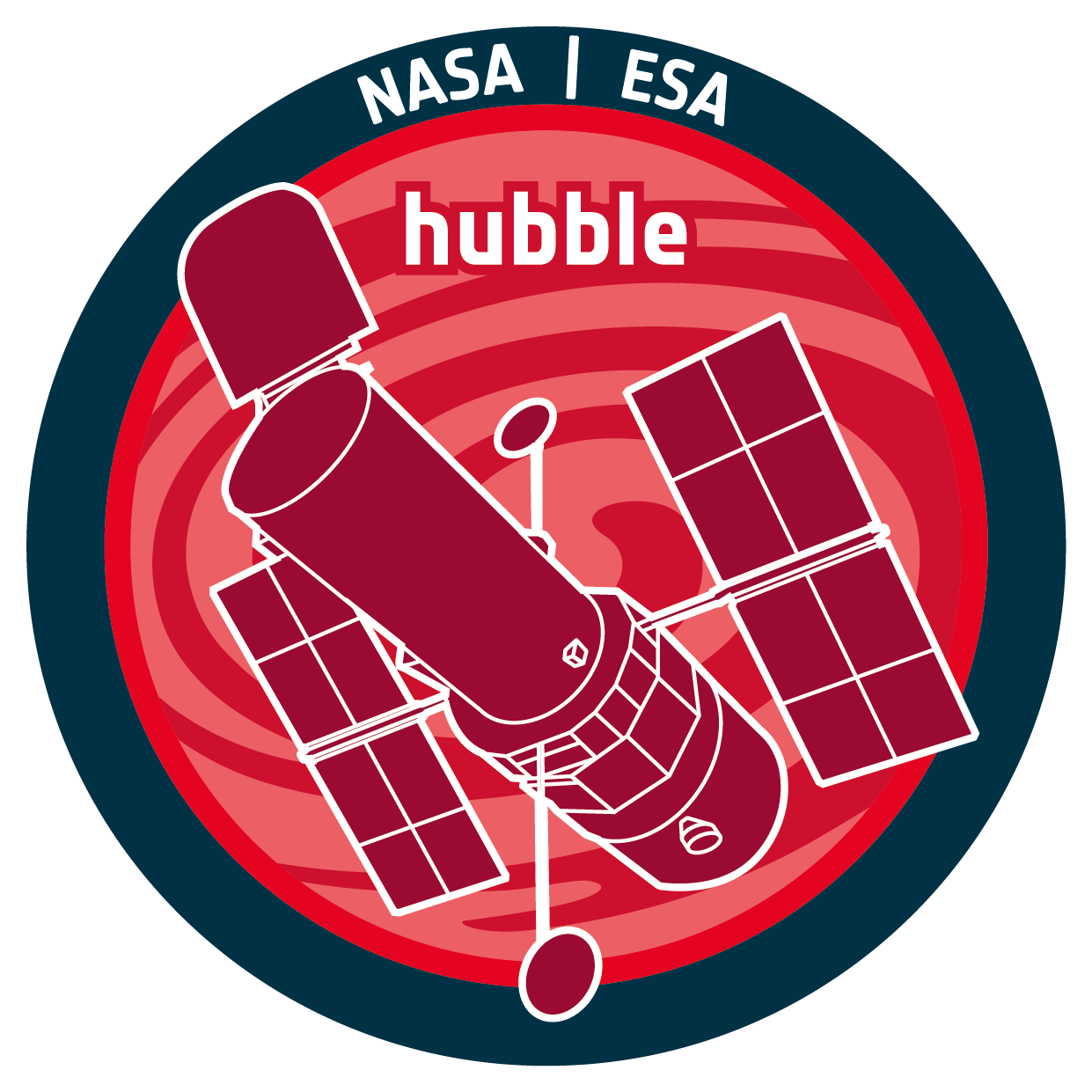Name
11144
Title
Building on the Significant NICMOS Investment in GOODS: A Bright, Wide-Area Search for z>=7 Galaxies
URL
https://hst.esac.esa.int/ehst/#/pages/search;proposal=11144;TAPCLIENT=DOI
DOI
https://doi.org/10.5270/esa-aa5n46v
Author
Bouwens, Rychard
Description
This is a scientific proposal for HST mission. For specific information please visit https://archive.stsci.edu/proposal_search.php?id=11144&mission=hst
Publication
A quantitative assessment of completeness correction methods and public release of a versatile simulation code Brown Dwarf Candidates in the JADES and CEERS Extragalactic Surveys Evolution of Galaxy Stellar Mass Functions, Mass Densities, and Mass-to-light Ratios from z ~ 7 to z ~ 4 MIDIS: JWST NIRCam and MIRI Unveil the Stellar Population Properties of Lya Emitters and Lyman-break Galaxies at z 3-7 MIDIS: Strong (Hb+O III) and Ha Emitters at Redshift z 7-8 Unveiled with JWST NIRCam and MIRI Imaging in the Hubble eXtreme Deep Field Minor Merger Growth in Action: JWST Detects Faint Blue Companions around Massive Quiescent Galaxies at 0.5 <= z <= 3.0 Robust identification of active galactic nuclei through HST optical variability in GOODS-S: comparison with the X-ray and mid-IR-selected samples Slow Evolution of the Specific Star Formation Rate at z > 2: The Impact of Dust, Emission Lines, and a Rising Star Formation History The Cosmos in Its Infancy: JADES Galaxy Candidates at z > 8 in GOODS-S and GOODS-N The hidden side of cosmic star formation at z > 3. Bridging optically dark and Lyman-break galaxies with GOODS-ALMA The Hubble Legacy Field GOODS-S Photometric Catalog The impact of satellite trails on Hubble Space Telescope observations The mean Ha EW and Lyman-continuum photon production efficiency for faint z 4-5 galaxies The missing light of the Hubble Ultra Deep Field The Rest-frame UV-to-optical Colors and Spectral Energy Distributions of z ~ 4-7 Galaxies The Stellar Mass Density and Specific Star Formation Rate of the Universe at z ~ 7 The ultraviolet continuum slopes of high-redshift galaxies: evidence for the emergence of dust-free stellar populations at z > 10 Tracing the rise of supermassive black holes. A panchromatic search for faint, unobscured quasars at z 6 with COSMOS-Web and other surveys UV Continuum Slope and Dust Obscuration from z ~ 6 to z ~ 2: The Star Formation Rate Density at High Redshift z ~ 7 Galaxy Candidates from NICMOS Observations Over the HDF-South and the CDF-South and HDF-North Goods Fields
Instrument
ACS, ACS/SBC, ACS/WFC, NICMOS, NICMOS/NIC3, WFC3, WFC3/IR, WFPC2, WFPC2/PC, WFPC2/WFC
Temporal Coverage
2007-12-19T00:45:09Z/2009-10-26T17:20:13Z
Version
1.0
Mission Description
Launched in 1990, the NASA/ESA Hubble Space Telescope remains the premier UV and visible light telescope in orbit. With well over 1.6 million observations from 10 different scientific instruments, the ESA Hubble Science Archive is a treasure trove of astronomical data to be exploited.
Creator Contact
https://support.cosmos.esa.int/esdc/index.php?/Tickets/Submit
Date Published
2010-10-26T23:59:56Z
Last Update
2025-01-25
Keywords
Hubble, HST, HLA, HCV, ACS, COS, STIS, WFC3, FOC, FOS, HRS, NICMOS, WFPC, WFPC2
Publisher And Registrant
European Space Agency
Credit Guidelines
European Space Agency, Bouwens et al., 2010, 'Building on the Significant NICMOS Investment in GOODS: A Bright, Wide-Area Search for z>=7 Galaxies', 1.0, European Space Agency, https://doi.org/10.5270/esa-aa5n46v Copy Example

